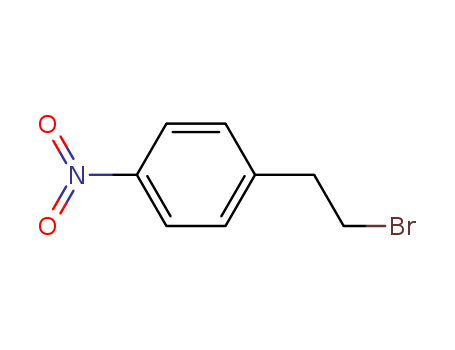10.1021/ja00341a003
The study investigates the intramolecular electron transfer and dehalogenation processes in a series of nitroaromatic compounds containing halogens (Cl, Br) or tosyl groups at various positions. These compounds undergo one-electron reduction to form anion radicals, which then transfer an electron intramolecularly and release halide or tosylate ions. The rates of dehalogenation are influenced by factors such as the C-X bond dissociation energies, the size and nature of the bridging group, and the relative positions of these groups. The study demonstrates that a-substitution with methyl or chlorine groups increases the rate of dehalogenation by stabilizing the resulting radical and decreasing the C-X bond dissociation energy. Additionally, the study explores the effect of the distance between the halogen and the aromatic ring, as well as the importance of direct electron transfer through space rather than through the aromatic p system. The compounds synthesized and studied include p-nitrobenzyl halides, p-nitrobenzyl tosylate, p-nitrophenylethyl bromide, p-nitrophenylvinyl and -allyl bromides, and nitronaphthalenes with various substituents. The results provide insights into the mechanisms of intramolecular electron transfer and dehalogenation in these systems.



 Xi
Xi

